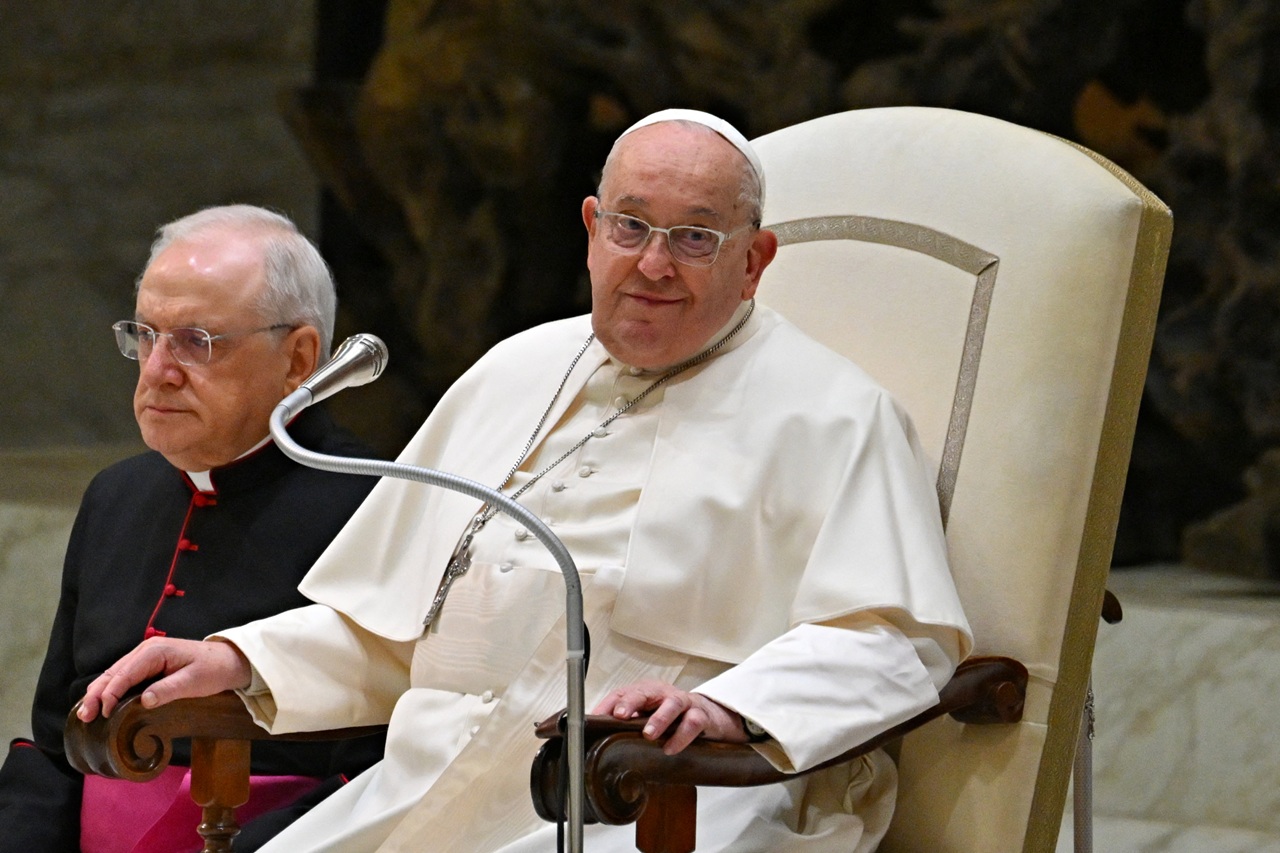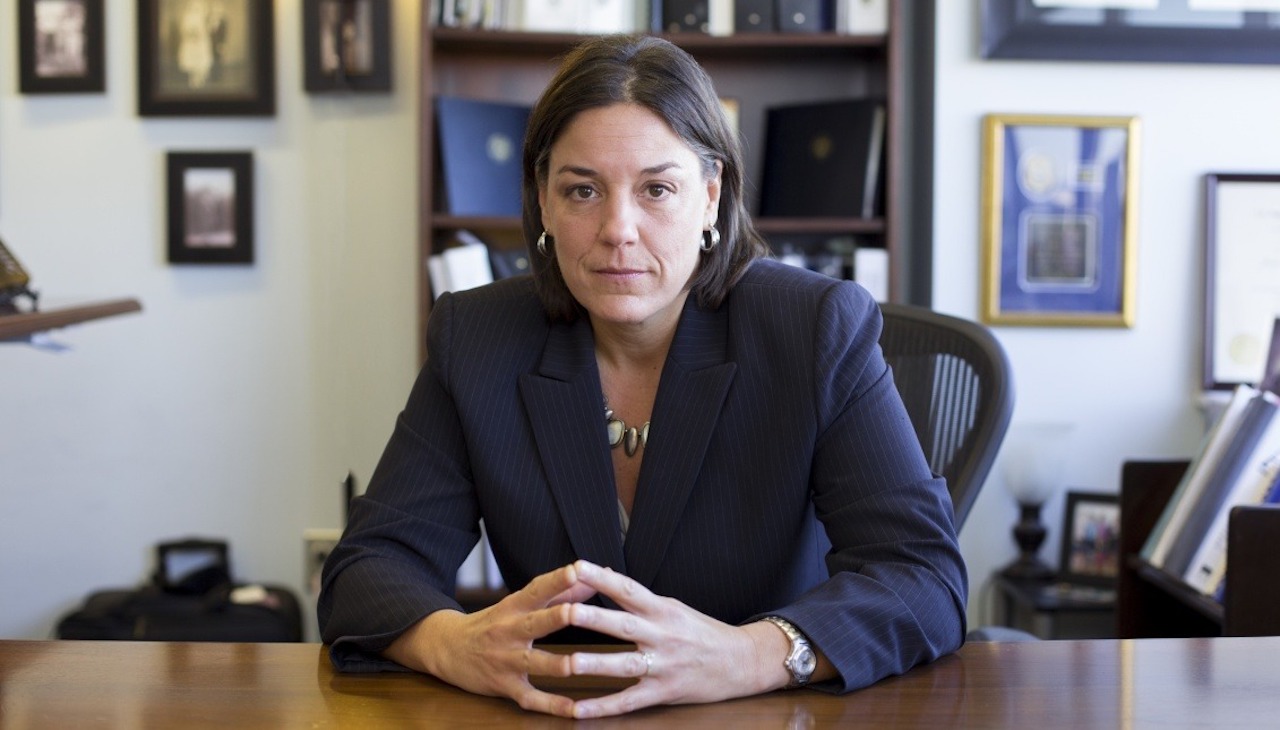
Did the new CDC no mask mandate come too early for communities of color?
Latinos are receiving vaccines at disproportionate rates and they are the most-exposed group to COVID-19.
For more than a year, Americans have been required to wear masks and socially distance themselves. It has altered how students take classes, work environments and the leisure activities that people can participate in.
Millions felt relief when the Center for Disease Control and Prevention (CDC) released updated guidelines with regards to masks mandates last week.
Dr. Rochelle Walensky, CDC Director, announced that the decision was made based upon factors like vaccine effectiveness and their universal access.
“Anyone who is fully vaccinated can participate in indoor and outdoor activities, large or small, without wearing a mask or physical distancing. If you are fully vaccinated you can start doing the things that had stopped doing because of the pandemic,” she said.
Many were quick to celebrate, as they thought it meant that the pandemic era was coming to a close.
Others are worried about the announcement getting misinterpreted and fear that it was too early for the CDC to make this call.
Eighteen states changed their mask mandates within 24 hours of the announcement, and large chains like Trader Joe’s and Walmart also followed suit.
With many going off of an honors system, it will be difficult to know who has been vaccinated.
Even those who have been fully vaccinated can still contract the virus in what are known as “breakthrough” infections.
A highly publicized case involved nine members of the New York Yankees, who all received the Johnson & Johnson vaccine on April 7, yet still tested positive for COVID-19 recently.
“This is the vaccine working. The fact that those who tested positive didn’t get a severe infection is a good sign,” Walensky told ABC News.
These cases can still occur because although vaccines have proven to be fully effective against severe symptoms, hospitalizations and death, there is still room for mild infections.
Former Surgeon General of the United States, Jerome Adams, thought the CDC’s communication of the update was pitiful.
"I think the play call was right, but they fumbled the ball at the one-yard line in terms of communicating this to the public.” he said. "It was a little bit of whiplash for the American public in terms of them saying just a week before, keep your mask on and then all of sudden they're saying now you can take them off."
The Director of the National Institute of Allergy and Infectious Diseases, Dr. Anthony Fauci, fears that many unvaccinated people will misread the new guidance.
“They are feeling that we're saying: 'You don't need the mask anymore.' That's not what the CDC said. They said: If you are vaccinated, you can feel safe — that you will not get infected either outdoors or indoors. It did not explicitly say that unvaccinated people should abandon their masks," he told Axios.
Dr. Fauci’s concerns are valid given the fact that currently less than 40% of the population is fully vaccinated and this is about 30 points off of what health experts say is the projection for herd immunity.
The Biden Administration has touted the increasing vaccination rates it has overseen, but many states are more than three months away from reaching the 70% threshold according to the APM Research Lab.
Wyoming, South Dakota and Alabama are expected to reach herd immunity in more than a year, based on their slow vaccination rates.
The politicization of masks and vaccines that was promoted by the Trump Administration is still at work, along with their eagerness to reopen the economy and claims that Democratic-run areas were being too restrictive.
Of all of the living former presidents, Trump is also the only one to not publicly air himself receiving a dose of any of the vaccines.
A Kaiser Family Foundation (KFF) survey from April showed that although vaccine hesitancy has gone down amongst Republicans, 20% of them are still unwilling to get a dose of any vaccine.
The vaccination divide by political affiliation comes down to individuals choosing not to get immunized, but when looking at the disproportionate rate that Latinos have been receiving vaccines, it gets more complicated and the new CDC guideline may severely put the community at risk.
Data collected earlier this month by the KFF shows that disparity in immunization rates among Hispanics is worse when considering other factors beyond the percentage of the population they represent.
“In Colorado, 10% of vaccinations have gone to Hispanic people, while they account for 41% of cases, 25% of deaths, and 22% of the total population in the state,” the report said.
Across 42 states reporting data on vaccination by race as of May 10, the percentage of Whites who have received at least one dose of a COVID-19 vaccine is 1.5 times higher than Blacks and 1.4 higher than Hispanics.
Hesitancy does not explain these numbers, since the KFF found that Latinos are the group most willing to receive a COVID shot as soon as it is available to them.
RELATED CONTENT
Instead, Hispanics have high labor participation rates and low-income members of the community think they will risk losing their jobs if they have to take time off to get vaccinated and potentially deal with the side effects.
An UnidosUS report highlighted that 15.7% of Latinos live in poverty compared to 7.3% of Whites.
Seeing National Guard members at vaccination sites and hearing stories about people being asked for documentation before they receive a shot also makes undocumented Hispanics feel unsafe about the process despite them wanting to be immunized.
With millions of people getting ready to take their masks off, whether they have been vaccinated or not, Hispanics will be placed at a greater risk of contracting the virus since the group has the lowest rate of vaccination.
Being the youngest demographic in the U.S. also makes the disproportionate number of COVID related deaths or hospitalizations among Hispanics appear even more critical, since the virus is known to have a greater impact on the older population.
The youth in the Hispanic community makes them likely to contract and spread the virus to other unvaccinated people, which are also likely to be people of color.
The overwhelming majority of Hispanics live in urban areas, so this further facilitates the spread.
According to Pew Research 23% of Blacks and 15% of Hispanics use public transportation on at least a weekly basis. The CDC still recommends people wear masks on buses and trains, but people of color are still exposing themselves to the virus when riding and having low vaccination rates.
After defining “frontline” occupations as ones in which one third or fewer workers can feasibly work from home, it was found that Latinos are the most likely to hold these jobs.
With more people going outside maskless, Latino frontline workers will feel unsure about anyone who approaches them.
If they do contract COVID-19, they keep working because many do so at places that do not offer paid sick leave, and with many being low income, they can not afford the lost wages.
Cases that end up in hospitalization can also financially ruin families since nearly one in five Latinos are uninsured, and many more are underinsured, or have limited or inadequate health coverage.
Hispanics are also more likely to have preconditions that make their COVID cases more severe, and therefore increase the probability of them ending up in a hospital.
Obesity and diabetes are two common preconditions, and the CDC estimates the rates at 44.8% and 14.7% respectively for Hispanic adults..
All reasons boil down to why, once again, communities of color — like the Latino community — are being overlooked amid the COVID-19 pandemic for the benefit of richer, whiter and fewer people.










LEAVE A COMMENT: